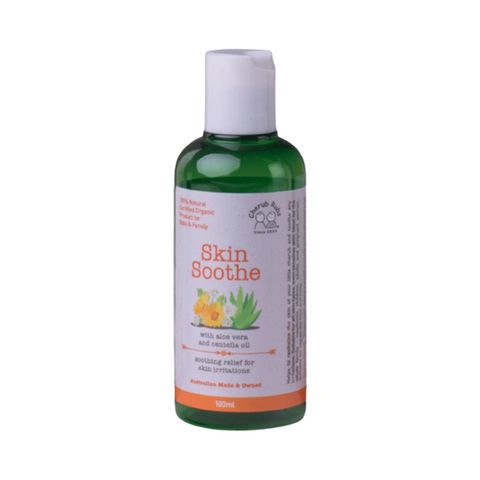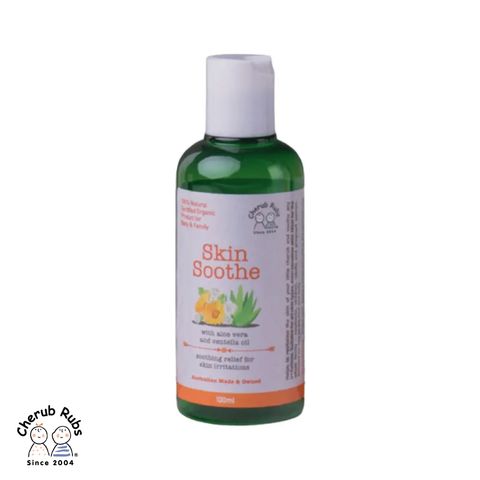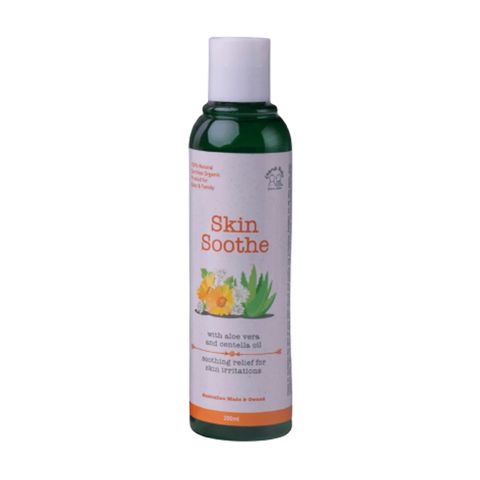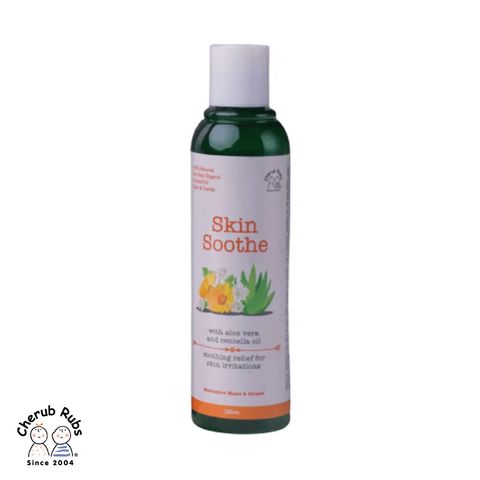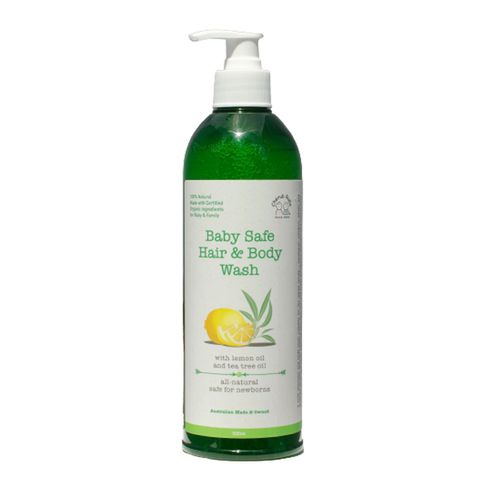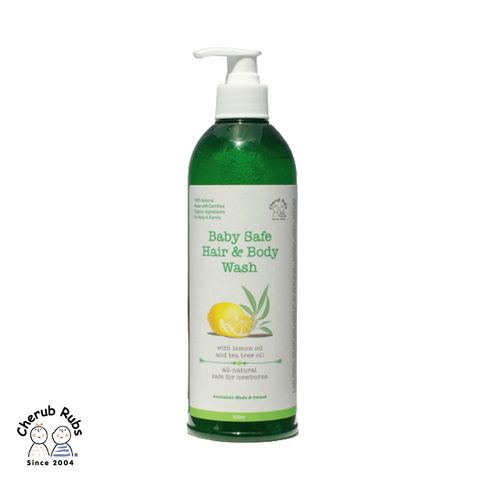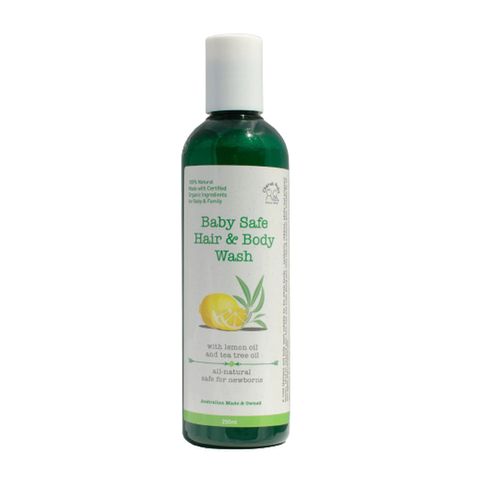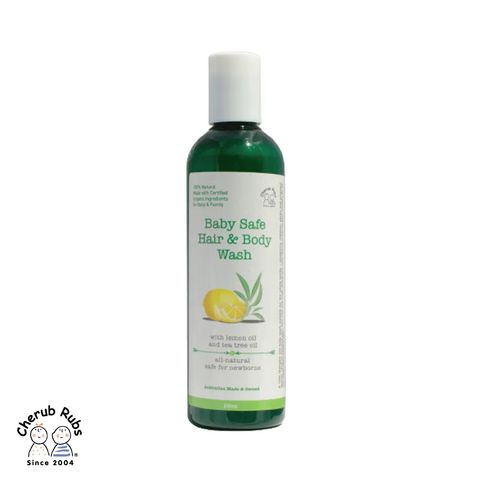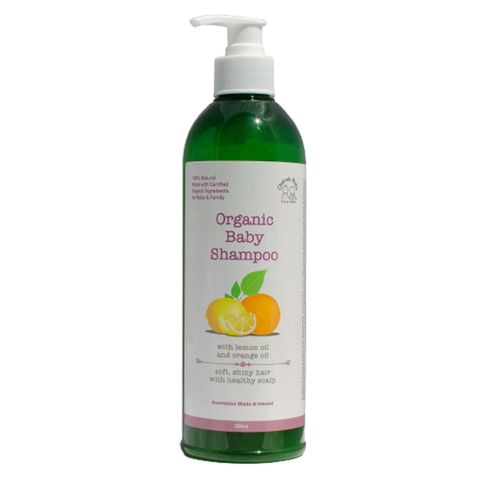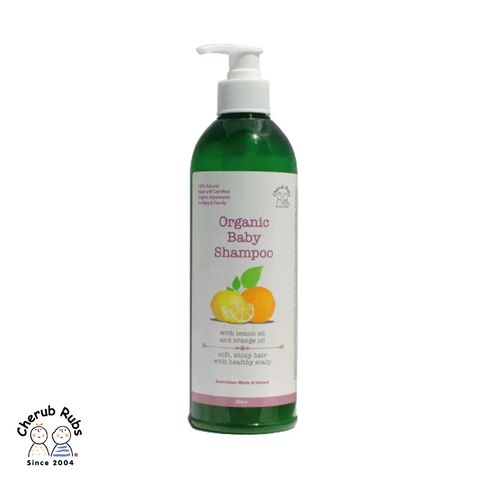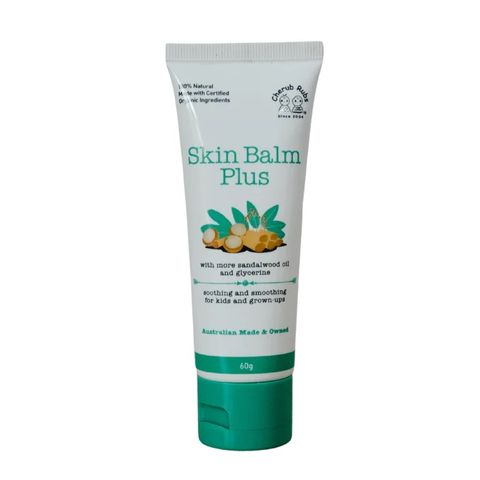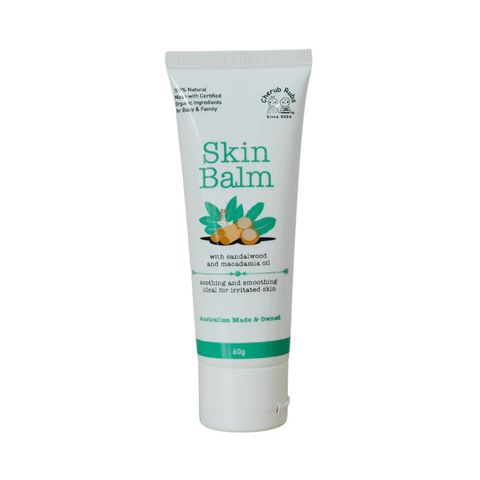
“Mama…my eczemaaa!!!”
If this sounds familiar, you’re not alone.
Eczema can feel like a never ending story. The dry, the itching, the red patches coming and going. Just when things get better, a flare-up might pop up again.
Before we dive into helpful coping strategies, let’s take a look at some facts about eczema.
Interesting facts on Eczema
It’s Very Common!
Eczema is a common skin condition in kids, especially in Malaysia’s warm and humid climate. About 1 in 5 Malaysian children (around 20%) experience eczema symptoms.1
Early Onset
Many show symptoms before the age of 2, highlighting the importance of early detection and management.1
It’s not Contagious
Eczema can’t spread from one child to another, even though it can sometimes look infectious.
Often Runs in Families (genetics)
Kids with a family history of eczema, asthma, or allergies are more likely to develop it.
Triggers Vary by Child
From heat, sweat, and dust to certain foods or topical products, every child’s eczema triggers are different.
The Coping Strategies
With the right care, parents can actually help ease their discomfort and keep flare-ups under control.
Moisturise Like a Derm!
Dry skin makes eczema worse, and moisturising is a game changer to reduce flare-ups and itching! Use only dermatologist-approved moisturizers, that’s natural and toxicant-free (steroid, fragrance, parabens, SLS etc.).
 |  |  |
Keep it Short & Gentle Bath Time
Long and bubbly scented baths can be fun, but they can actually dry out their skin. Opt for just short, lukewarm showers and soap-free cleansers to avoid triggering a flare-up.
 |  |
Dress for Comfort
Tight and scratchy clothes can make eczema worse. Go for loose-fitting clothes made from soft, breathable fabrics like cotton. Say no to wool and synthetic materials that can irritate the skin.
Watch What They Eat
For some people, food can be a hidden trigger for eczema flare-ups. Common culprits or foods to avoid include foods containing artificial additives (colors, flavors, preservatives),2 sugary foods,3 cow’s milk,4 eggs,5 nuts,6 soy products,7 and gluten.8
TIPS!: Keep a food journal to track food and symptoms to find clues.
While there’s no one-size-fits-all “eczema-friendly diet,” certain food can help manage the symptoms. Foods to eat includes:
Omega-3 rich foods can help reduce inflammation.9
Salmon, sardine, mackerel & fish oil supplement
Antioxidant-rich foods can protect skin and reduce oxidative stress.10
Rainbow colors of fruits & veggies
Vitamin D may help regulate the immune system.11
Fortified Vitamin D food & sunshine!
Probiotics could protect against immune dysfunction and reduce inflammation, which are two critical factors in the development of eczema.12
Stop the Scratch
Scratching breaks the skin and makes it worse. Keep your child’s fingernail short.
Final Words
Caring for a child with eczema isn’t always easy. The late-night itching, the constant cream applications, the worry, it’s a lot. But with the right routine, support, and a dose of patience, it does get better!
References
Goh, Y. Y., Keshavarzi, F., & Chew, Y. L. (2018). Prevalence of atopic dermatitis and pattern of drug therapy in Malaysian children. Dermatitis, 29(3), 151–161. https://doi.org/10.1097/DER.0000000000000376
Witkowski, M., Grajeta, H., & Gomułka, K. (2022). Hypersensitivity Reactions to Food Additives-Preservatives, Antioxidants, Flavor Enhancers. International journal of environmental research and public health, 19(18), 11493. https://doi.org/10.3390/ijerph191811493
Shan, J., Ye, M., Wang, S.-P., Kang, H., Lee, A., Langan, S. M., Van Blarigan, E. L., & Abuabara, K. (2025). Dietary sugar and atopic dermatitis in a longitudinal birth cohort. JID Innovations, 5(3), 100366. https://doi.org/10.1016/j.xjidi.2025.100366
Piippo, S., Viljanen, M., Savilahti, E., & Kuitunen, M. (2020). Allergic symptoms and sensitisation in adolescents with cows' milk allergy and atopic eczema in infancy. Immunity, Inflammation and Disease, 8(3), 423–433. https://doi.org/10.1002/iid3.324
Čelakovská, J., Bukač, J., Vaňková, R., Krejsek, J., Krčmová, I., & Andrýs, C. (2021). Egg allergy in atopic dermatitis patients—analysis of results of specific extract IgE and specific IgE to molecular components. Bird-egg syndrome. Food and Agricultural Immunology, 32(1), 265–282. https://doi.org/10.1080/09540105.2021.1924631
Patel, T., & Gawkrodger, D. J. (2011). Food allergy in patients with eczema: Immediate symptoms are usual, with nuts and tomatoes the major allergens. Journal of the European Academy of Dermatology and Venereology, 25(7), 865–867. https://doi.org/10.1111/j.1468-3083.2010.03858.x
Čelakovská, J., Ettlerová, K., Ettler, K., Vaněčková, J., & Bukač, J. (2013). Soy allergy in patients suffering from atopic dermatitis. Indian Journal of Dermatology, 58(4), 325. https://doi.org/10.4103/0019-5154.113938
Chakraborty A. (2024). A Critical Appraisal of Gluten in Skin Disorders, the Evidence So Far, and Updated Recommendations. Indian journal of dermatology, 69(2), 152–158. https://doi.org/10.4103/ijd.ijd_815_22
Niseteo, T., Hojsak, I., Ožanić Bulić, S., & Pustišek, N. (2024). Effect of Omega-3 Polyunsaturated Fatty Acid Supplementation on Clinical Outcome of Atopic Dermatitis in Children. Nutrients, 16(17), 2829. https://doi.org/10.3390/nu16172829
De Simoni, E., Candelora, M., Belleggia, S., Rizzetto, G., Molinelli, E., Capodaglio, I., Ferretti, G., Bacchetti, T., Offidani, A., & Simonetti, O. (2024). Role of antioxidants supplementation in the treatment of atopic dermatitis: a critical narrative review. Frontiers in nutrition, 11, 1393673. https://doi.org/10.3389/fnut.2024.1393673
Nielsen, A. Y., Høj, S., Thomsen, S. F., & Meteran, H. (2024). Vitamin D Supplementation for Treating Atopic Dermatitis in Children and Adults: A Systematic Review and Meta-Analysis. Nutrients, 16(23), 4128. https://doi.org/10.3390/nu16234128
Wang, F., Wu, F., Chen, H., & Tang, B. (2023). The effect of probiotics in the prevention of atopic dermatitis in children: A systematic review and meta-analysis. Translational Pediatrics, 12(5), 287–297. https://doi.org/10.21037/tp-23-200
Related products
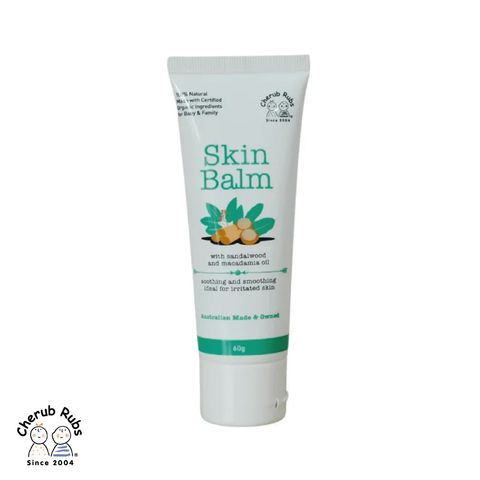

Cherub Rubs Soothe & Smooth Regular Pack (Skin Soothe 100ml & Skin Balm 60g)




